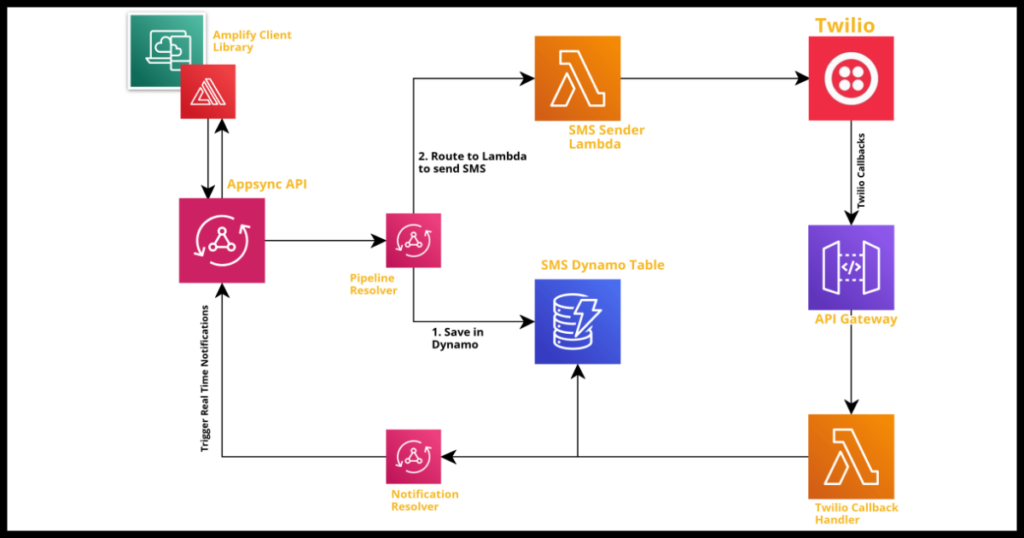The Lambda Blog is about designing and coding serverless solutions for the cloud.
Serverless design offers a lot of potential for individual developers and smaller teams to really focus on building targeted solutions and even large platforms without any of the overhead of managing the infrastructure that even a small production system requires. But even more importantly, serverless platforms can save costs significantly. Why pay a monthly recurring charge, even if it is an affordable nominal cost, when a product can be built to run on the cloud in such a way it that costs you only if it is actually used, and at fractions of a penny per use. This is far more cost effective at any scale, and when designed correctly, works at massive scale without the need to worry about provisioning for that.
Ironically however, serverless architectures often require developers to think about infrastructure a lot more. It does require spending as much time, and sometimes even more time, on the infrastructure, than the actual logic of the product. This is actually time well spent and more than makes up for the productivity that would be lost from maintaining more traditional production systems. But still coding serverless does require some changes to developer outlooks and a necessary investment in learning how to write “Infrastructure as Code”, something that can be extremely frustrating to achieve correctly when navigating the vast complexities and quirks of the major Cloud providers.
This blog will hopefully serve as a reference, repository and guide for you when exploring various ways to implement your own serverless solutions. As far as possible the blog will offer solutions which fully make use of infrastructure as code in implementations using tools like AWS Cloudformation Templates and strongly encourages you do the same whether you make use of this guide or not. Manually doing stuff on the cloud console will get old as quickly as the second deployment. Finally, while the author has the most experience with the Amazon cloud platform and the blog will mostly reflect that experience, the author’s goal is to eventually write comparative posts and solutions from other providers like Microsoft’s Azure. Feel free to reach out to the author via the contact page.

Happy Serverless Journeys!